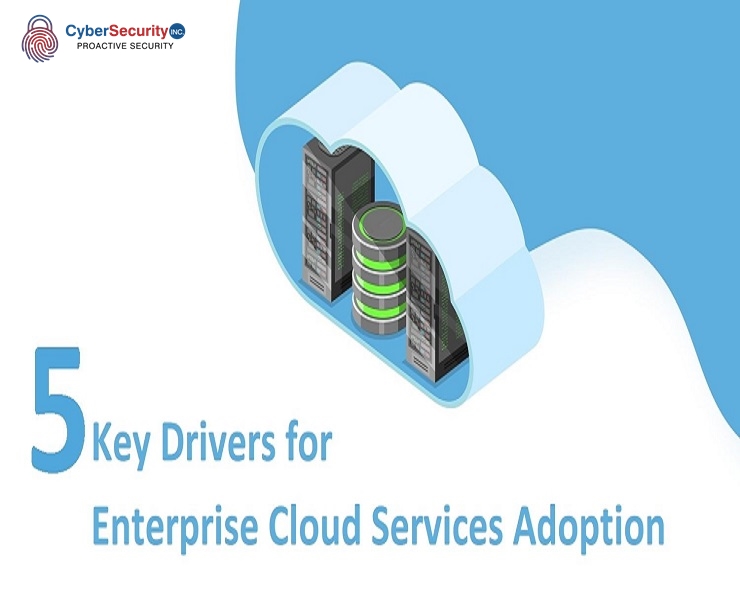5 Key Drivers for Enterprise Cloud Services Adoption
With the advancement of technology, the business world is also moving towards technological implementations in the business mainframe. The exponential rise in business data demands to segregate the approach conveniently without any risk of data loss and hardware installation. With this increase in data, most businesses continuously adopt cloud adaptation practices as cloud computing services.
Especially, the COVD-19 pandemic has shattered most of the remaining restraints on cloud adaptation. In just the past two quarters, the continuous innovation of two decades and learning at scale has enabled the swift and efficient mobilization of distributed teams. As more and more sectors shift vital workloads to the cloud, both IT and other leaders are re-imagining their network, application, and infrastructure architectures.
With this increasing interest of businesses in Cloud adaptation, among startups, SMBs, and Chief Information Officer (CIOs), we have tried to analyze and compile the most important drivers of Cloud services adoption;
Increased Business Agility:
Business agility undoubtedly is a crucial driver behind cloud adaptation among enterprises. Cloud adaptation has provided businesses with a competitive advantage by declining complexity and increasing business agility. Even for SMBs and independent software vendors (ISVs), business agility is the main reason for Cloud migration. Businesses that adopted cloud have observed better agility because of on-demand self-service and rapid elasticity.
Improved Productivity:
The core purpose of every business is to improve its productivity, and cloud transformation is seen as an ideal choice by most organizations. When enterprises adopt the means of fabricated technology, it is believed to see a tremendous change in the range of productivity. Cloud-based tools such as instant messaging, email, voice communication, event schedule, and conferencing are getting increasingly popular among businesses.
Reduced Cost:
Cost-effectiveness is the key driver for any business to adopt cloud computing. Many enterprises are witnessing a considerable reduction in their costs of owning & powering the equipment, maintaining and repairing them, managing the equipment and the physical plant, and all the other predictable and unpredictable costs involved in running their IT infrastructure. The savings from cloud transformation has been estimated at 37%. With security transformation to cloud computing, you are using the cloud provider’s infrastructure instead of your infrastructure.
Flexibility and Scalability:
Flexibility and scalability can be said as one of the biggest business drivers in cloud computing. With COVID-19 hitting the world, everyone was forced to move from traditional business methods towards work from home or a few hours at the office. Most organizations recognize this benefit of cloud transformation with embed as transformative flexibility to the business. The availability of cloud services enables employees to work from any place in the world literally. It simply gives companies the means to scale flexibility and reduce the overheads such as office space.
Creating New Business Avenues:
An organization can open new business opportunities as a cloud service provider. Organizations with a good track record of their own IT can become a Platform-as-a-Service (PaaS) or public Infrastructure-as-a-Service (IaaS) provider. Moreover, if a business implements a private cloud and has spare space on its server, it can sell the additional space capacity as a public cloud to other companies. Alternatively, software companies can enlarge their market by offering cloud services in software-as-a-Service (SaaS).
All the drivers discussed above will impact enterprises at different levels. Cloud migration can have massive benefits when considered, planned, and implemented correctly. The possibilities are endless with help from the cloud.
.

